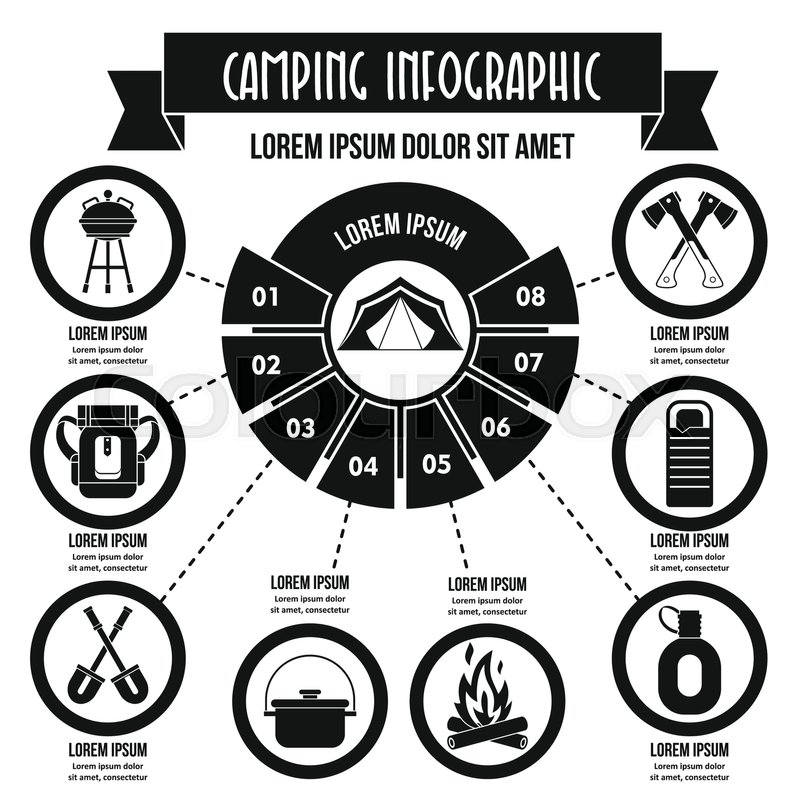If you camp routinely in locations with rocks or sharp downed branches or merely despise packing away a wet, muddy camping tent, after that an impact is definitely worth thinking about. Footprints are likewise reasonably inexpensive compared to a new camping tent.
Where can I go camping in September?
Many outdoor tents makers provide their own details impacts, which are cut to the specific dimension of the camping tent floor. Nonetheless, you can make one yourself with a lightweight textile like polycryo or tyvek.
Weather
Whether or not you require a footprint really relies on the conditions you'll be camping in. If you're backpacking in a place where the ground is generally wet (it's pretty much unpreventable), a camping tent footprint can be a beneficial addition to your package, as it will prevent your outdoor tents floor from coming to be soggy.
However, if the impact is too large it can serve as a dampness trap and potentially enable water to pool under your outdoor tents. This can be avoided by seeing to it the footprint is reduced a bit smaller sized than your camping tent on all sides.
Generally talking, it's best to obtain an impact from the exact same manufacturer as your camping tent to ensure a precise fit. They also have a tendency to be made from thicker, more long lasting materials than do it yourself options. They can be costly for something whose single function is to shield the ground underneath your outdoor tents, but it can be a beneficial investment if you appreciate the long life of your gear.
Surface
Many top quality tents can function well without an impact, particularly those that have actually bath tub floorings made of resilient products. Nevertheless, the terrain you hike on can have a considerable influence on how swiftly your outdoor tents floor breaks. Granite slabs, sandstone and other sturdy surfaces wear with all-time low of your outdoor tents much faster than grassy fields or woodland floors.
A footprint or ground cloth aids extend the life of your outdoor tents by serving as an obstacle in between the ground and the sewn-in groundsheet of your tent, states REI senior sales expert Elizabeth Nguyen. It additionally secures the outdoor tents from rough elements like sharp branches and rugged rocks that can penetrate or tear the sewn-in flooring. When selecting a footprint for your camping tent, it is very important to ensure it's a little smaller than the camping tent on all sides. This stops water from merging in between the tent and impact throughout a rainstorm, which could leak into your camping tent. The most effective alternative for an impact is to acquire one developed for your particular camping tent, which will guarantee a snug fit.
Tents with Lower Deniers and Water-proof Rankings
Whether you're a casual backpacker or a hardcore adventurer, the sturdiness degree of your tent is an essential consideration. Camping tents created to be ultralight, approaching minimal, usually trade off some degree of resilience in the fabric and materials utilized.
One material spec you'll experience is denier, which describes the weight in grams of a 9,000-meter length of yarn that comprises the camping tent's canopy, rainfly, and/or floor. A higher denier spec represents a lot more tough materials, while lower numbers suggest lighter and less resilient materials.
Other specs to look at include floor measurements, vestibule dimension, and indoor pockets. The previous shows the general square-footage that can be utilized for habitable area, while the latter can play a role in storage by providing a place to tuck away equipment over night and in bad weather condition. Ventilation is likewise an important element; as you exhale moisture throughout rest, it requires to get away, or condensation may build up inside. Attributes such as mesh home windows and panels and flexible rainfly doors assist enhance ventilation and stop this from taking place.
The Expense
The expense of a tent can impact its efficiency, and it is likewise essential to consider how much you can manage to invest. Backpackers seeking a lightweight sanctuary must aim for a tent with a livability rating of at the very least 2 stars, and if possible, 3 or even more.
Livability refers to just how roomy an outdoor tents feels, with headroom and flooring measurements playing a big duty. Historically, backpacking outdoors tents utilized steeply sloped wall surfaces and very little space to conserve weight, however modern products enable luxurious tent designers to provide even more comfort while maintaining weight reduced.
Storage is an additional aspect to consider, with vestibules and a quick-pitching layout helping in reducing setup time. In addition, the kind of fabric layer and exactly how the tent is saved can impact long life. For instance, a PU covering that breaks down quicker when wet, or is subject to duplicated cycles of stowing and un-stowing, can dramatically shorten the life-span of a camping tent. Similarly, utilizing a customized impact rather than packing a camping tent in a careless way will certainly likewise expand its life expectancy.
Is RV camping Glamping?
